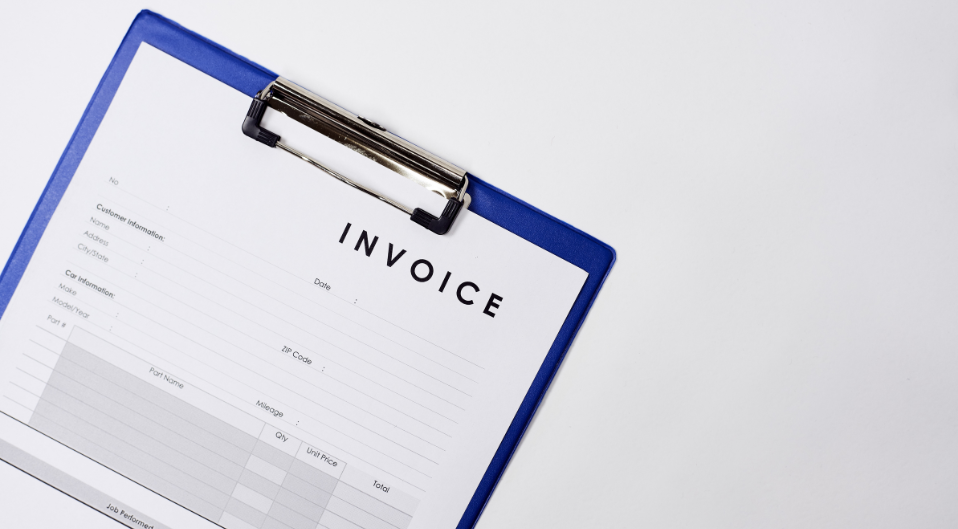11 More Key Shipping Terms You Need to Know
We’ve previously covered 13 key shipping terms that anyone new to the logistics world needs to know. However that was just the start because there are plenty more acronyms and phrases that can be confusing for beginners. We’ve covered 11 more terms that are crucial to know when it comes to arranging a parcel delivery.

A consignment is the term for goods that are being shipped from one party to another. It can also be used to describe an arrangement where goods are delivered to a third party (for example, a retailer or distributor), but the ownership is retained by the sender until the goods are sold or delivered.
2. Consignor and Consignee
You might see these terms on shipment paperwork and put simply, they’re different ways of saying ‘sender’ and ‘recipient’. A consignor is the person sending the goods and a consignee is the person that is receiving the goods.
3.Delivery Duty Paid and Delivery Duty Unpaid
These terms determine whether the sender or the recipient pays things like import duties or taxes. Goods being shipped as Delivery Duty Paid (commonly abbreviated to DDP) means that the sender takes full responsibility for all of the costs involved in getting the shipment to the recipient. This means that they’ll pay shipping, insurance, and all import duties and taxes in full making it a preferred option for some buyers.For goods that are shipped Delivery Duty Unpaid (or DDU) on the other hand, the sender’s responsibilities end when the goods arrive in the destination country. That means that the buyer is responsible for import duties and taxes.

4. Exception Scan
This is an alert that appears on a tracking system showing that a parcel has run into a delay or unexpected issue during its journey that means it isn’t moving as planned. This could be anything from customs clearance and address problems, to weather disruption.
5. Surcharge
This is an additional fee added on top of the standard shipping cost. Surcharges can be applied for a number of reasons including fuel surcharges, remote area delivery fees, or peak season surcharges. These vary by carrier and region so it’s important to be aware of them and check every time you arrange a parcel delivery.
6. Windsor Framework
This agreement between the UK and the EU came into effect after Brexit and it impacts how items move between Great Britain and Northern Ireland. The goal is to reduce red tape when shipping between the two countries, while still maintaining an open border with the Republic of Ireland and the EU.

7. Import One-Stop Shop (IOSS)
This is a tax scheme that allows non-EU sellers to collect VAT at the point of sale on goods sold to EU customers. This applies to low-value goods (under €150 only), and simplifies customs clearance for buyers, helping them to avoid unexpected charges.
8. Importer and Exporter of Record
The Importer of Record (IOR) is legally responsible for ensuring that goods comply with local import laws, including tax and duty payments while the Exporter or Record (EOR) is responsible for compliance on the exporting sides. When it comes to cross-border shipments, these roles are often filled by logistics providers.
9. Remittance
This is a payment sent to settle a bill or transfer funds. In the world of shipping and logistics, this can typically cover payments for things like freight charges, customs duties, or invoices made by any of the involved parties.

10. Non-Dutiable
Goods that are non-dutiable are exempt from import duties, usually due to their value, category, or as an exception under a trade agreement. However, they could still be subject to VAT or clearance fees depending on the rules of their destination country.
11. Letter of Indemnity (LOI).
A letter of indemnity is a legal document that tells a carrier or authority that the shipper will take responsibility for any loss or liability. This is typically used in special handling cases, or when goods are released without certain documentation.
We know that there are plenty of terms in the parcel delivery and shipping world that can seem confusing and difficult to understand. Hopefully our key shipping terms guides have gone some way to helping removing the confusion, but if you’re still unsure then don’t worry.
Our expert team are on hand and happy to help with anything that you need. And to compare carriers and get the best price for your parcel delivery, use our handy comparison form here.